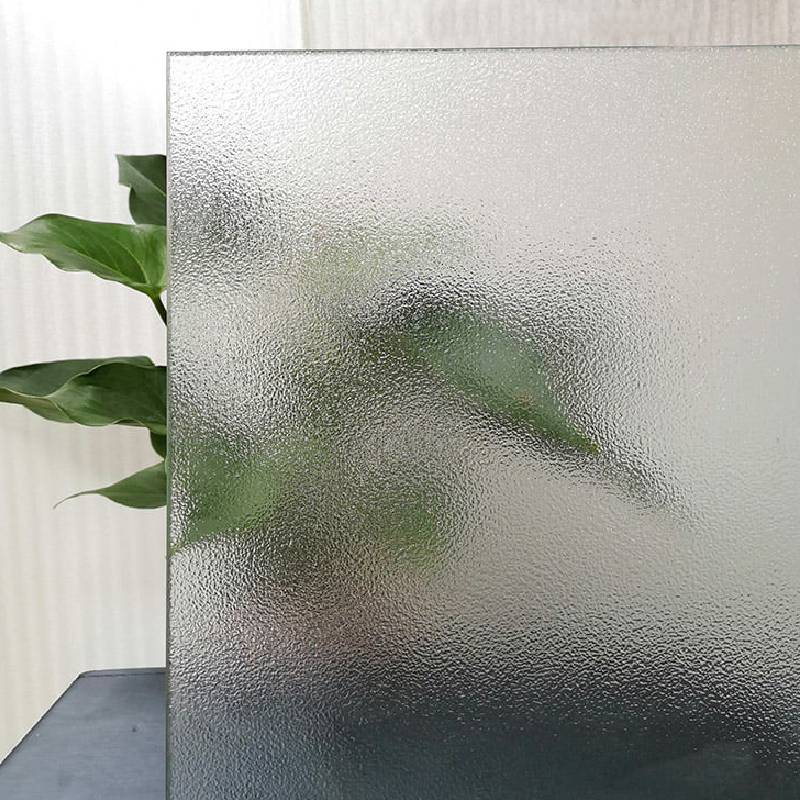Understanding Heat Reflective Glass Benefits and Applications
In recent years, energy efficiency has become a paramount concern in architectural design and construction. One of the innovative solutions that has emerged in response to this challenge is heat reflective glass. This specialized glass is designed to reduce heat transfer, making it an invaluable resource for modern buildings looking to optimize energy use.
Heat reflective glass is typically coated with a thin layer of metal oxides or other reflective materials that serve to reflect a significant portion of solar radiation. By blocking out excessive heat from the sun, this type of glass minimizes the amount of heat that enters a building, leading to lower indoor temperatures. This can significantly reduce the reliance on air conditioning systems, resulting in not only lower energy bills but also a reduced carbon footprint.
The benefits of using heat reflective glass extend beyond energy savings. It can also enhance the comfort of indoor environments. By maintaining a more stable indoor temperature, occupants experience improved thermal comfort, reducing the discomfort associated with extreme heat. Furthermore, this type of glass can minimize glare from direct sunlight, creating a more pleasant atmosphere for workspaces and living areas.
heat reflective glass
In addition to its energy efficiency and comfort advantages, heat reflective glass contributes to the aesthetic appeal of buildings
. It often comes in various tints and finishes, allowing architects and designers to create striking facades that reflect their unique vision while also making functional improvements. Whether used in residential homes, commercial offices, or public buildings, its application can enhance the overall design and visual impact.
The use of heat reflective glass also has environmental benefits. By reducing the need for cooling systems, buildings can significantly lower their energy consumption. This not only helps in reducing emissions associated with energy production but also contributes to the sustainability goals of many organizations and municipalities. As more cities and countries aim for greener building practices, heat reflective glass is set to play an essential role in these efforts.
Moreover, the performance of heat reflective glass can be tailored to specific needs. Different coatings and technologies allow for a range of options depending on geographical location and building orientation. This customization further enhances its effectiveness, ensuring that buildings can achieve optimal energy performance regardless of their unique conditions.
In conclusion, heat reflective glass is a multifaceted product that offers numerous benefits, including enhanced energy efficiency, increased comfort, aesthetic flexibility, and environmental sustainability. As the building industry continues to evolve, integrating such innovative solutions will be essential in creating spaces that are not only functional but also responsible and environmentally conscious. The future of construction lies in our ability to harness such technologies, and heat reflective glass stands at the forefront of this movement.
 Afrikaans
Afrikaans  Albanian
Albanian  Amharic
Amharic  Arabic
Arabic  Armenian
Armenian  Azerbaijani
Azerbaijani  Basque
Basque  Belarusian
Belarusian  Bengali
Bengali  Bosnian
Bosnian  Bulgarian
Bulgarian  Catalan
Catalan  Cebuano
Cebuano  Corsican
Corsican  Croatian
Croatian  Czech
Czech  Danish
Danish  Dutch
Dutch  English
English  Esperanto
Esperanto  Estonian
Estonian  Finnish
Finnish  French
French  Frisian
Frisian  Galician
Galician  Georgian
Georgian  German
German  Greek
Greek  Gujarati
Gujarati  Haitian Creole
Haitian Creole  hausa
hausa  hawaiian
hawaiian  Hebrew
Hebrew  Hindi
Hindi  Miao
Miao  Hungarian
Hungarian  Icelandic
Icelandic  igbo
igbo  Indonesian
Indonesian  irish
irish  Italian
Italian  Japanese
Japanese  Javanese
Javanese  Kannada
Kannada  kazakh
kazakh  Khmer
Khmer  Rwandese
Rwandese  Korean
Korean  Kurdish
Kurdish  Kyrgyz
Kyrgyz  Lao
Lao  Latin
Latin  Latvian
Latvian  Lithuanian
Lithuanian  Luxembourgish
Luxembourgish  Macedonian
Macedonian  Malgashi
Malgashi  Malay
Malay  Malayalam
Malayalam  Maltese
Maltese  Maori
Maori  Marathi
Marathi  Mongolian
Mongolian  Myanmar
Myanmar  Nepali
Nepali  Norwegian
Norwegian  Norwegian
Norwegian  Occitan
Occitan  Pashto
Pashto  Persian
Persian  Polish
Polish  Portuguese
Portuguese  Punjabi
Punjabi  Romanian
Romanian  Russian
Russian  Samoan
Samoan  Scottish Gaelic
Scottish Gaelic  Serbian
Serbian  Sesotho
Sesotho  Shona
Shona  Sindhi
Sindhi  Sinhala
Sinhala  Slovak
Slovak  Slovenian
Slovenian  Somali
Somali  Spanish
Spanish  Sundanese
Sundanese  Swahili
Swahili  Swedish
Swedish  Tagalog
Tagalog  Tajik
Tajik  Tamil
Tamil  Tatar
Tatar  Telugu
Telugu  Thai
Thai  Turkish
Turkish  Turkmen
Turkmen  Ukrainian
Ukrainian  Urdu
Urdu  Uighur
Uighur  Uzbek
Uzbek  Vietnamese
Vietnamese  Welsh
Welsh  Bantu
Bantu  Yiddish
Yiddish  Yoruba
Yoruba  Zulu
Zulu 

